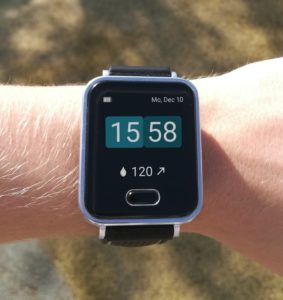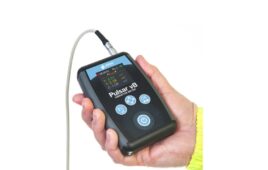The coronavirus, COVID-19, has brought significant attention to accurate, consistent and widely-available medical testing and diagnosis. Sensors provide the basis of providing the data and direction for many healthcare issues. Valued at USD 12.36 billion in 2019, the global medical sensors market is expected to reach a value of USD 20.72 billion by 2025, growing at a compound annual growth rate (CAGR) of 9.07% according to a new report from Mordor Intelligence, a market intelligence and advisory.
The applications of these sensors range from simple medical devices to intelligent distributed healthcare systems. The sensors’ role includes providing early warning of the healthcare conditions of patients and the development of unobtrusive sensing techniques has increased their use for more enhanced patient health.
A number of factors are involved in the projected growth including advances in technology, patient care moving from hospitals to homes in established regions and market expansion in developing regions.
Technology improvements include advances in low-power electronics, microelectromechanical system (MEMS) devices, energy harvesting and smart materials have increased the applications of medical sensors.
The transition of patient care from hospitals to homes is reflected by recent measuring of blood glucose via smartwatches or smart lenses in established healthcare regions.
The K’WatchTM Continuous Glucose Monitor (CGM). Source: PKvitality.
In developing countries, patients do not inherently trust technology and need knowledge of the sensors before they can be implemented in practice.
The report segments the medical sensor market by type (flow sensor, optical sensor, temperature sensor, pressure sensor), application (diagnostics, imaging, monitoring, drug-delivery) and geography. To download a free sample of the report, click here.
Filed Under: Sensor Tips, Fighting COVID-19





